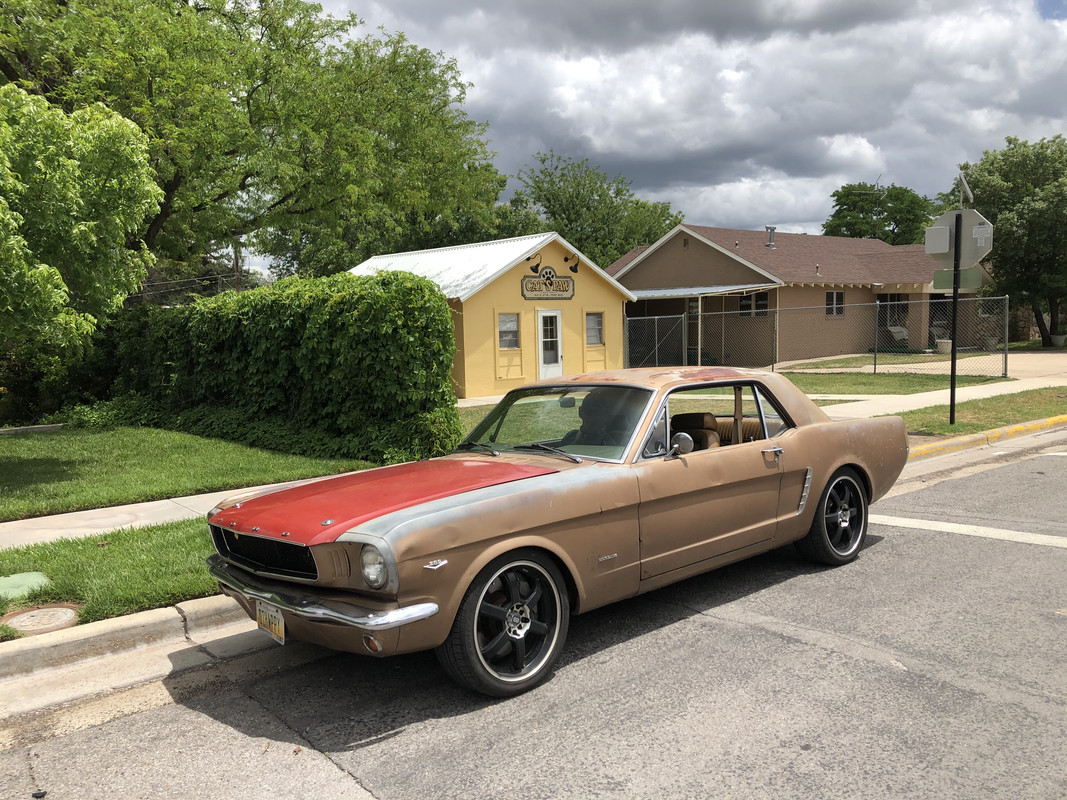Disclaimer, I am no guru, but I have wired up a few things in the last 30 years!!
Where do you start…. so…. when you are dealing with a house or building, the electrical codes spells out some common practices for over current protection. Like certain over current sizes will be limited to a wire size such as 15A and 14 AWG, 20A and 12 AWG, or 30A and 10 AWG. There are exceptions driven by the type of load. During design, your typical 20A circuit should have no more than 16A of load, 80% derating factor. Call it a built in cushion. When you have a load, something that pulls 135A, it gets sized at 125% of the load or 168.75A. Typical, you move up to the next nearest common size for overcurrent protection. This may explain why the diagram has a 175 A fuse on the drawing. Do a search and a 95A drawing shows up with a 100 A fuse… go figure. Did Ford put a main fuse on the cars with the 95A and 135A alternators?
Dealing with automotive electrical, I can’t make it that clear. The 175A fuse is good as long as the wire is rated for 175A rings true. And ampacity ratings are where I have an issue. The conductor size, conductor type, conductor strand, and insulation will determine the amount of load it can handle.
My Painless harness came with a 75A fuse and #10 TXL wire which signals red flags for me and sent me down a rabbit trail for answers. When I was getting the Mustang together, I never found a chart that shows ampacity ratings of the new automotive wire, type GXL and TXL (both have high heat rating). In the end, I trusted Painless knows what they are doing and I used newer vehicles as a design reference for other additions. If the manufactures were using XX wire size and TXL/GXL insulation type for XX fuse size, then I could too.
The TXL/GXL wire is a better choice over the welding cables because of the insulation. The welding cables have a lower temperature rating.
Ouch on the header tube. Hope is was an easy fix…… I had to dimple one of my header tubes to fit around the Borgeson box. Beating on a $960 set of headers gave me no pleasure.

 1 of 1
1 of 1

 MS wrote:
MS wrote:






